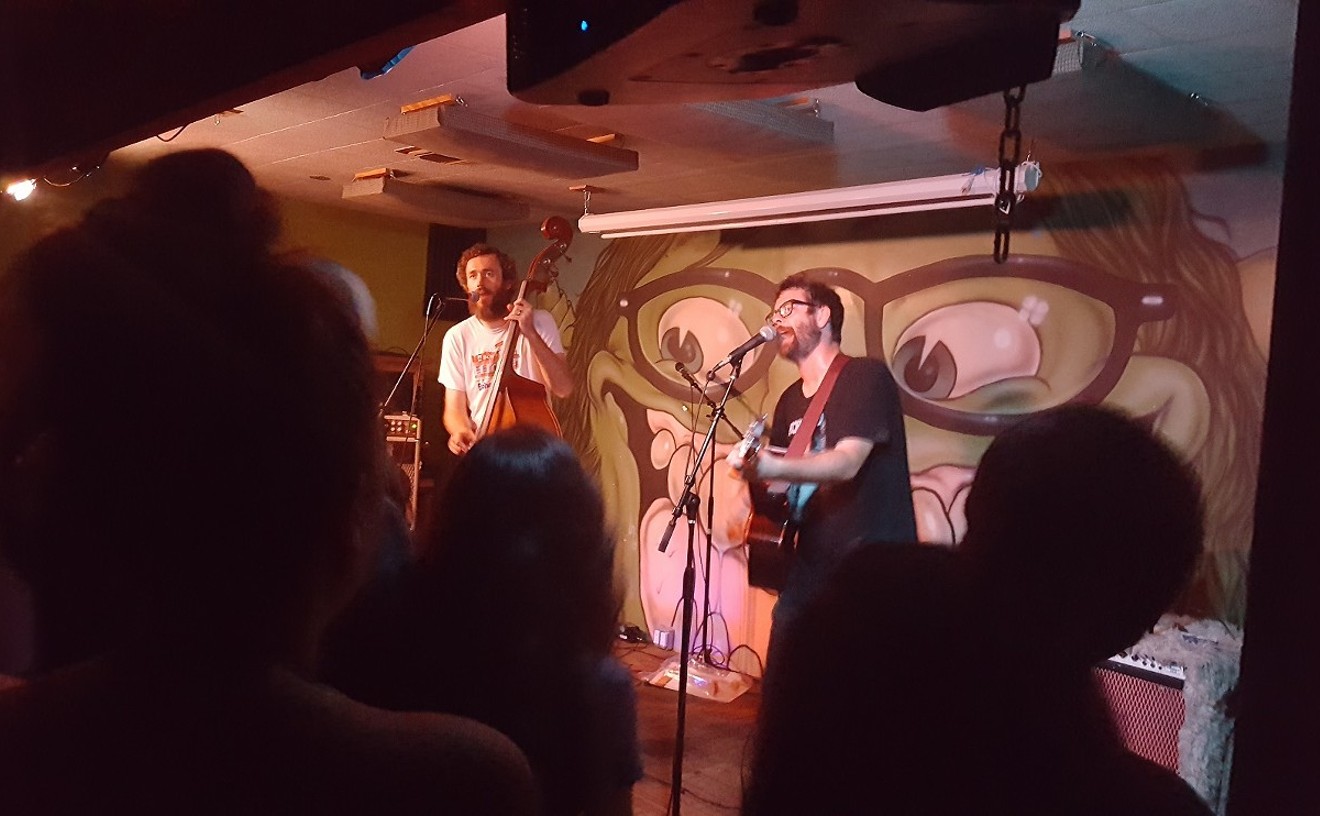This hasn't been a great year for renowned local architects named Michael. In May, Michael Kemper Goodwin passed away. And now we've lost Michael Schroeder, who died unexpectedly last month at his summer cabin on Whitefish Lake in Montana. Schroeder was only 64. And although you may not recognize his name, you know Schroeder's buildings. Among the many projects he led as senior partner of Langdon Wilson Architecture, where for some 20 years he helped reshape the Phoenix skyline, are the new City Hall Building, the Sandra Day O'Connor Federal Building and Courthouse, the 1999 addition to the Heard Museum, and the Wells Fargo History Museum.
The story goes that Schroeder announced at age 8 that, when he grew up, he would be an architect. He studied design and urban planning at Iowa State University in the '60s, and made a name for himself with the Appalachian chapter of President Lyndon Johnson's Model Cities Program, a project that, as Schroeder once told me during a phone interview, "was murdered by Nixon."
I bumped into Schroeder about a year ago at a Phoenix Art Museum event, and we talked about the strange ways that people seemed to be connected to one another in our city. He and I had several people in common, among them artist Janet De Berge Lange, whose work Schroeder and his life partner of 17 years, Steven Eagleson, collected. Schroeder and Lange shared one of those peculiar connections: His aunt was Lange's grade school art teacher. And Schroeder, whom I knew only slightly, always addressed me as the brother of a local architect, which is how he knew and thought of me.
"Michael was a patron of the arts in the truest sense," Janet De Berge Lange told me. "He was always supportive of artists. He and Steve were really nice to everyone — which isn't always easy to do in the visual art world, believe me."
Schroeder used his art-world connections (he was president of the Phoenix Art Museum's Contemporary Forum and on the board of several other local arts organizations) to talk about the relationship between architecture and art, according to longtime friend and architect Jack Black.
"Michael was the biggest influence on my life, both as a person and an architect," Black told me. Black was Schroeder's design director of 14 years; among their many projects was the new City Hall. "He saw architecture as a social galvanizer and wanted people to think about the artfulness of a building. And, probably because he was in the Peace Corps as a kid, he had that optimistic, architecture-can-change-the-world attitude about our work."
Instead of changing the world for poor people in Africa, Schroeder did it for Phoenicians. And so, his lasting legacy is the big, glorious buildings he left behind. My personal favorite is the City Hall building, stacked like a three-tiered wedding cake, and with a gorgeous crown and spire on top. Designed by Langdon Wilson, the project was led by Schroeder, who's said to have suggested the giant sunburst that adorns the façade like a colossal brooch. And then there's the Federal Building and Courthouse, that monolithic glass-and-chrome monstrosity that, even if you don't love it (and I don't), is still deeply impressive. Designed with Richard Meier and other Langdon Wilson architects, the building stands six stories tall and offers, among its many peculiar and heat-inducing features a north-facing glass curtain-wall and a drum-shaped courtroom with a glass-lens ceiling created by artist James Carpenter. The courthouse is notorious for its lack of public parking and its mammoth, open-air atrium that uses a year-round evaporative cooling system rather than air conditioning.
When the Federal Building was completed about 10 years ago, I published a long essay condemning its inadequacies, its unfriendly use of materials, and its resemblance to a giant greenhouse. I received piles of hate mail from building huggers, architects, and Sandra Day O'Connor fans all over town, as well as an e-mail from Michael Schroeder.
"Once they get the bugs worked out," he wrote, "I'll take you on a tour of the place and show you all the good stuff."
That's the kind of guy Michael Schroeder was.










